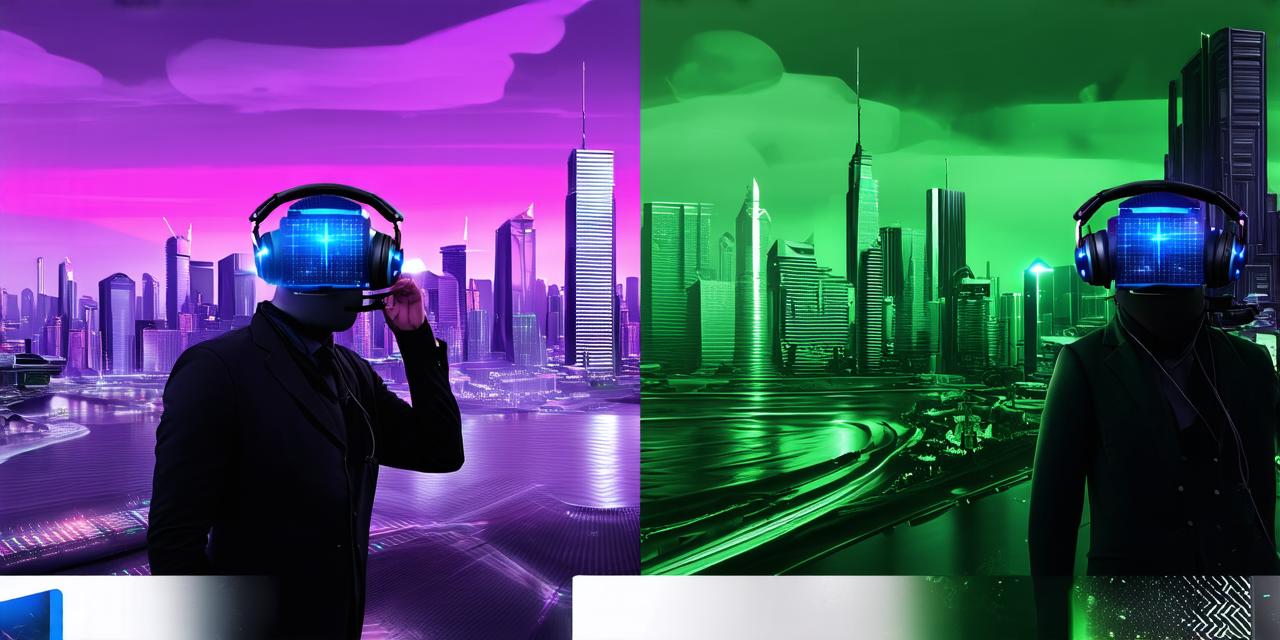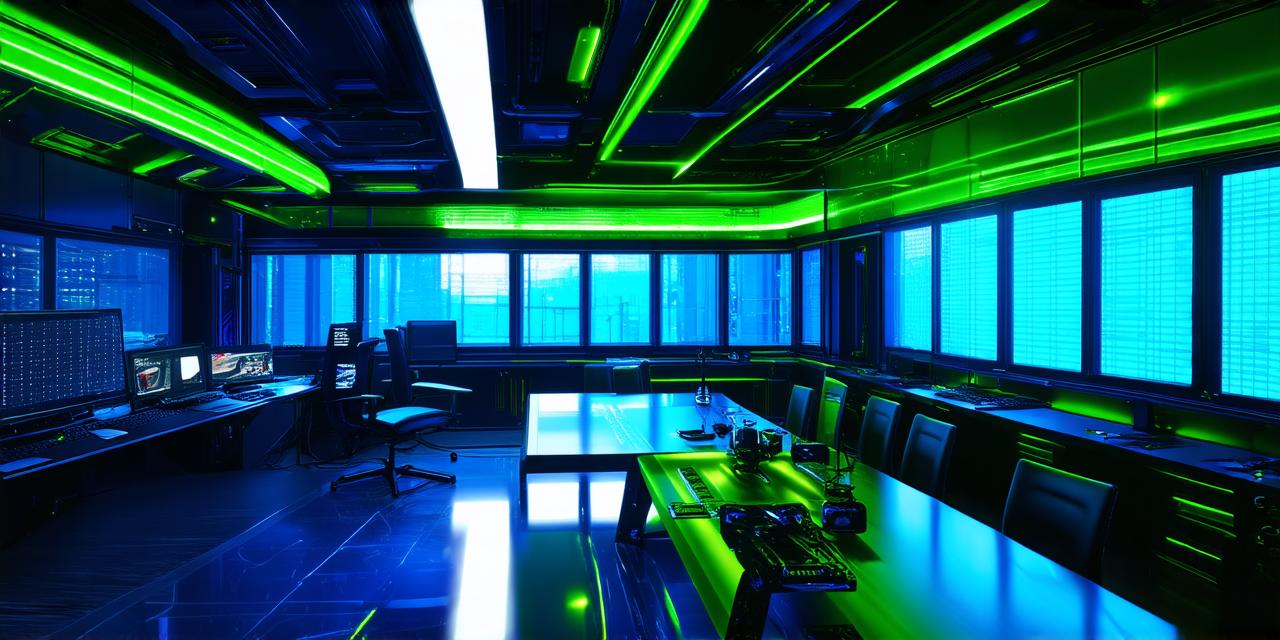
Exploring the Differences: Mixed Reality vs. Augmented Reality
- 0
Mixed reality (MR) and augmented reality (AR) are two of the most exciting technologies in the world today. They both allow us to create immersive experiences that blend digital elements with the real world, but they do it in different ways.

What is Mixed Reality?
Mixed reality is a type of augmented reality that creates a seamless blend between the real world and digital content. In MR, virtual objects are placed in the real world in such a way that they appear to be part of it. This is achieved by using sensors and cameras to track the user’s position in the real world and then overlaying digital information on top of it.
One of the most well-known examples of MR is the HoloLens, which was developed by Microsoft. With HoloLens, users can see holographic objects floating in the air or projected onto surfaces. This makes it possible to create immersive training simulations for doctors and engineers, as well as interactive games and experiences for entertainment purposes.
What is Augmented Reality?
Augmented reality, on the other hand, adds digital elements to the real world in a way that enhances or “augments” it. AR typically involves using a smartphone or tablet to overlay digital information onto the camera feed from the device. This can include things like graphics, animations, and sound effects.
A great example of AR is the popular game Pokemon Go, which uses the user’s phone camera to superimpose virtual creatures onto real-world environments. AR is also being used in marketing and advertising, where brands are using digital overlays to enhance product displays or create interactive experiences for customers.
Key Differences between MR and AR
While both MR and AR involve blending the real world with digital content, there are some key differences between the two:
- Interactivity: MR is generally more interactive than AR, as it allows users to interact with virtual objects in a more natural way. This can include things like grabbing and manipulating objects or even physically touching them.
- Realism: MR tends to be more realistic than AR, as it uses sensors and cameras to track the user’s position in the real world and create a more seamless blend between the two. AR, on the other hand, can sometimes feel disjointed or artificial due to the way it overlays digital content onto the real world.
- Field of view: MR typically has a wider field of view than AR, which means that users can see more of the real world at once. This can be especially useful in applications like training simulations where it’s important to have a clear view of the environment.
- Hardware requirements: MR requires more advanced hardware than AR, as it typically involves using sensors and cameras to track the user’s position in the real world. AR, on the other hand, can be done using a smartphone or tablet with a camera.
Real-World Examples of MR and AR
There are many exciting applications for both MR and AR, including:
- Mixed Reality in Architecture and Engineering: Architects and engineers are using MR to create immersive training simulations that allow users to practice building designs and structures in a virtual environment. This can help them identify potential issues before they occur on the job site.
- Augmented Reality in Marketing: Brands are using AR to create interactive product displays and experiences for customers, allowing them to see how products will look in their home or on their body before they buy.
- Mixed Reality in Healthcare: MR is being used to create immersive training simulations for doctors and nurses, as well as to treat phobias and anxiety disorders.

